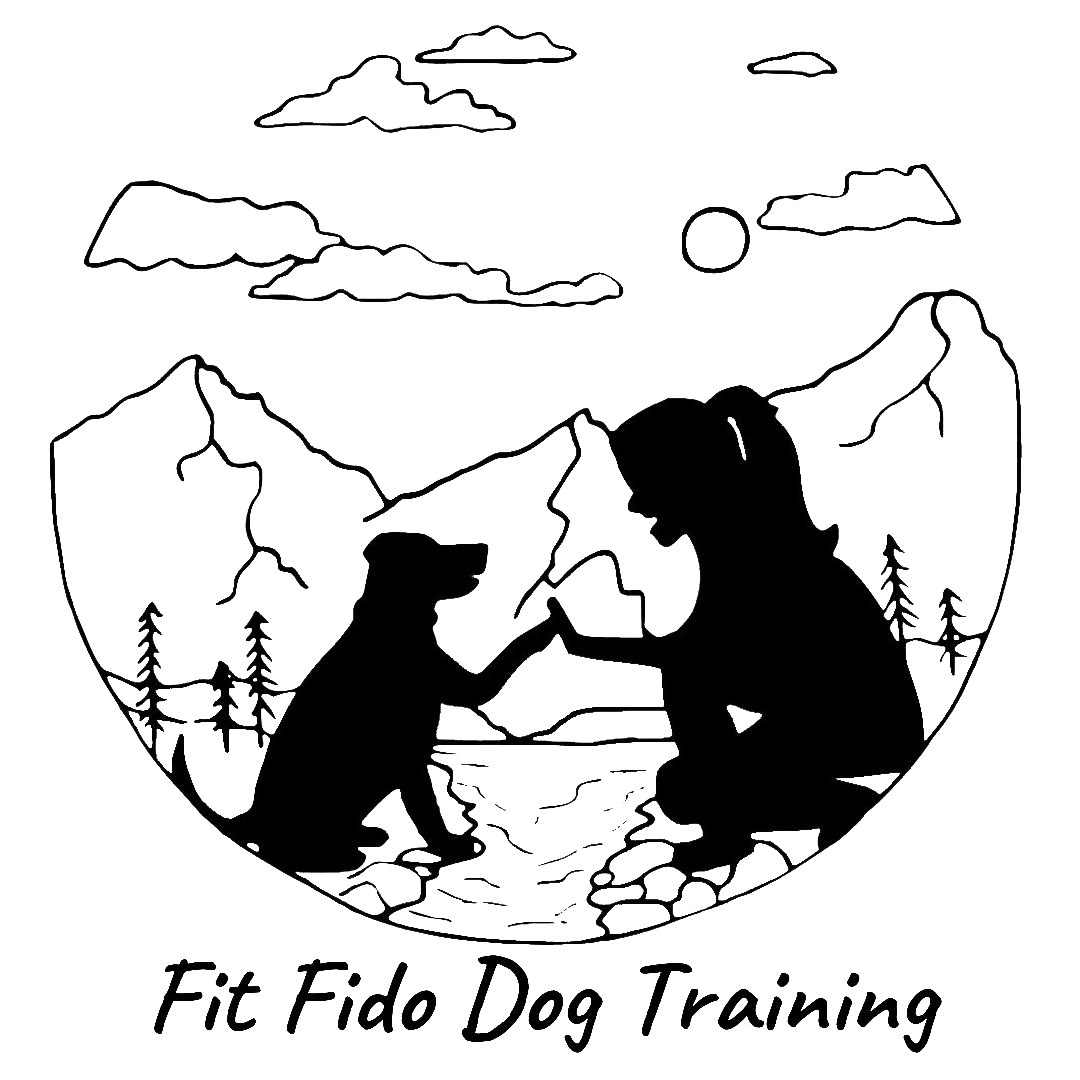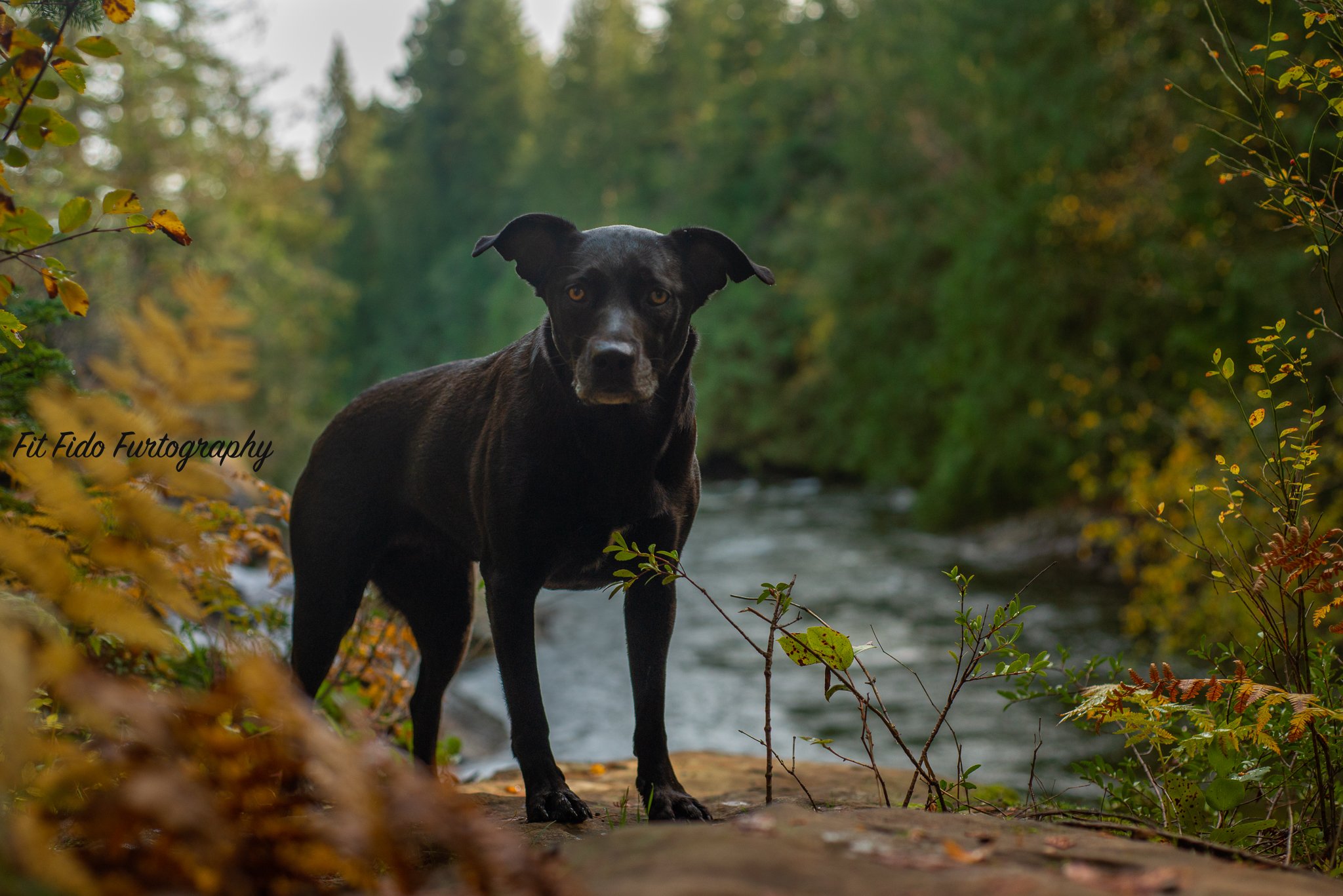The Dog Handshake
The concept of the "dog handshake" and why disengagement plays a crucial role in canine social interactions.
Imagine dogs have their own version of a "handshake" when they meet each other. This intricate social dance involves various steps, such as sniffing, approaching, greeting, and possibly playing. It's a natural process that dogs instinctively understand, but not all dogs are equally skilled at navigating this social exchange.
Enter disengagement – the secret weapon in fostering well-behaved and socially adept dogs. Disengagement refers to the ability of a dog to break away or redirect their attention during social interactions, especially when things get intense or overwhelming. It's like teaching them to politely excuse themselves from a conversation that's becoming too heated.
Here's why disengagement is so important:
1. Managing Social Interactions: Dogs that can disengage effectively have the skills to manage various situations during the "handshake." They can choose to engage or step back based on their comfort level and the signals from other dogs.
2. Avoiding Confrontations: Disengagement helps prevent conflicts and misunderstandings between dogs. It allows them to communicate boundaries without resorting to aggression or fear-based reactions.
3. Building Confidence: Dogs that are proficient in disengagement are often more confident and relaxed in social settings. They can navigate crowded areas, encounters with unfamiliar dogs, and challenging situations with ease.
4. Training Success: Teaching disengagement requires patience and consistent training. It enhances your dog's obedience skills, impulse control, and overall responsiveness to commands.
However, mastering disengagement is not an easy task, especially in scenarios with multiple dogs involved in the "handshake." It requires dedication, training, and understanding of your dog's cues and comfort levels.
Here are some tips for training disengagement:
- Start Small: Begin training at home without distractions before progressing to low distraction areas; teach your dog what you want so they get it right consistently THEN add in low distractions
- Use Positive Reinforcement: Reward your dog for disengaging from distractions or potential conflicts. Use treats, praise, and toys as motivators.
-Play disengagement games: Teach your dog games that shape their brain to disengage and manage their energy naturally.
- Be Patient: Rome wasn't built in a day, and neither are perfect canine manners. Consistency and patience are key to success.
By incorporating disengagement training into your dog's daily routine, you equip them with valuable social skills that benefit their overall well-being and interactions with other dogs.
Remember, every successful disengagement is a step toward a harmonious "dog handshake" and a happier, more confident pup!
Training is a lifestyle not a season, there is always something to learn .
Gameify your life!
Please follow this link to book your free phone consultation for more information.

